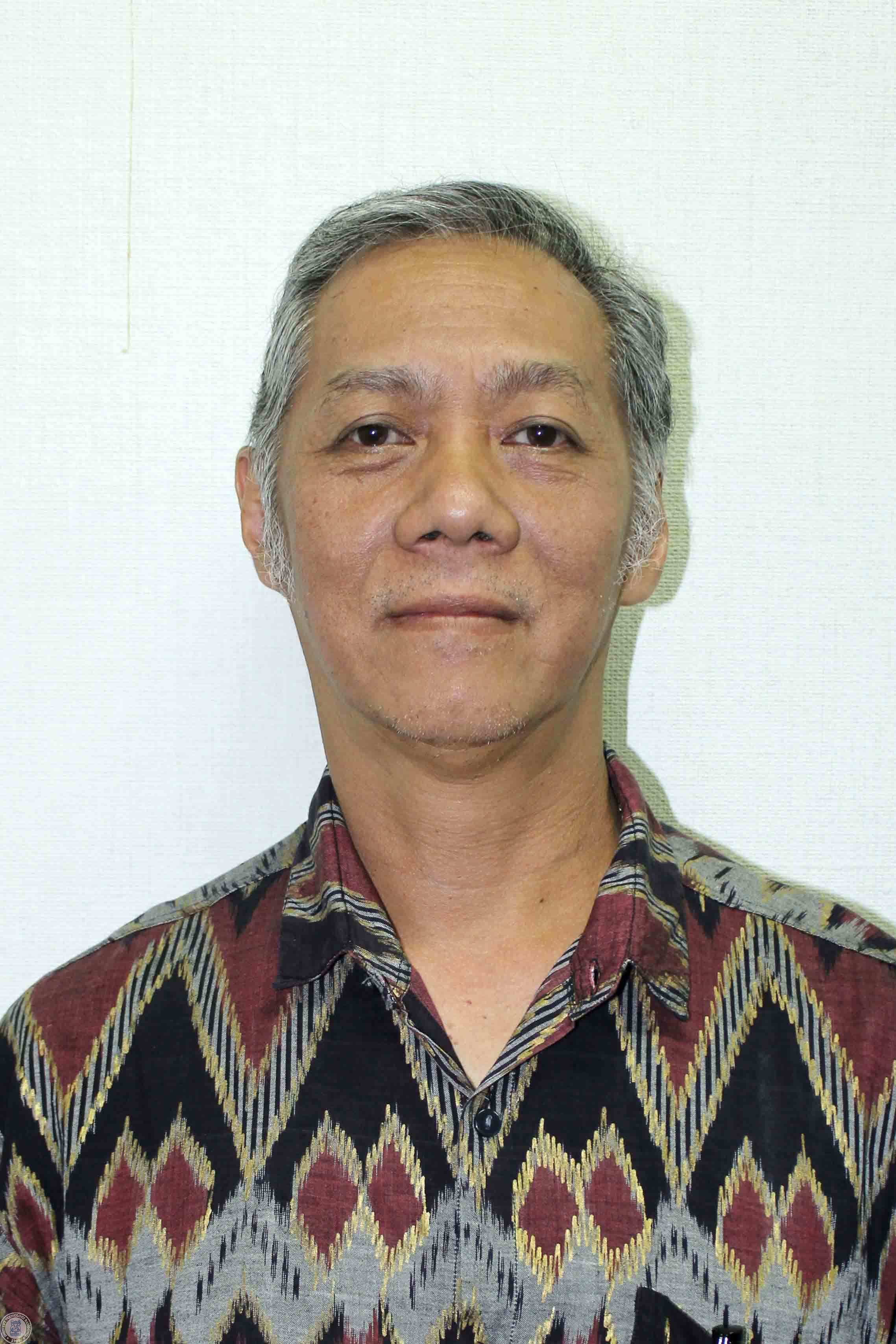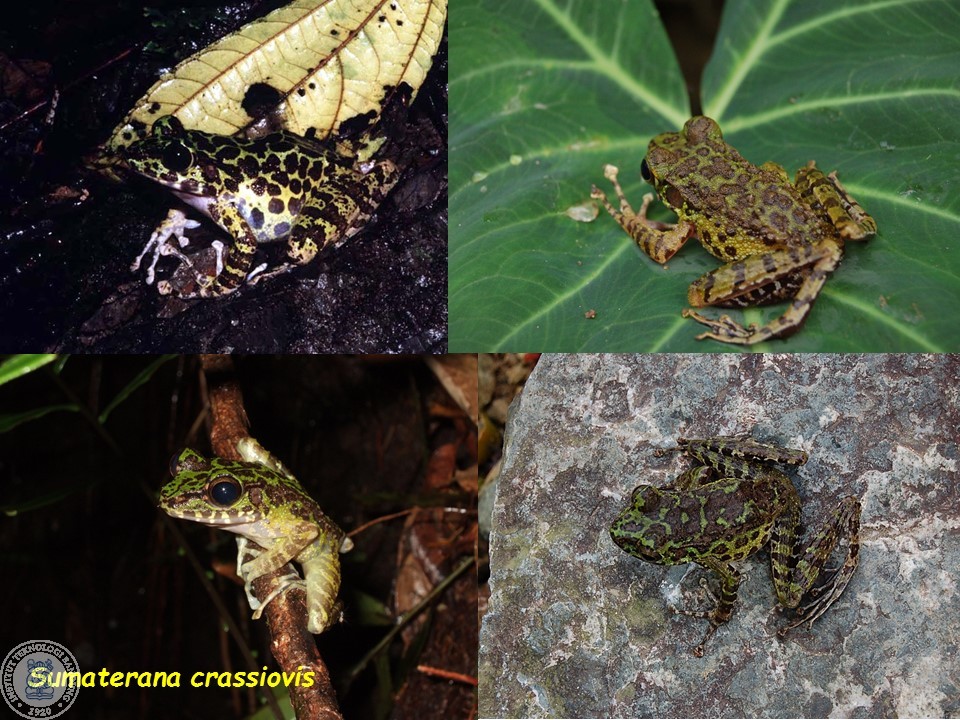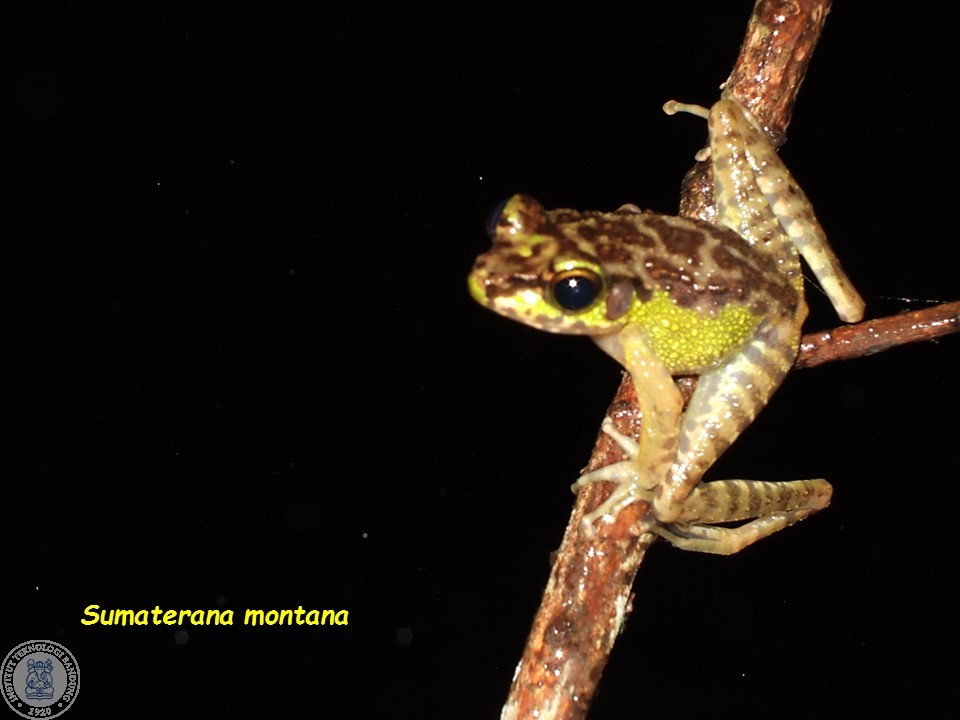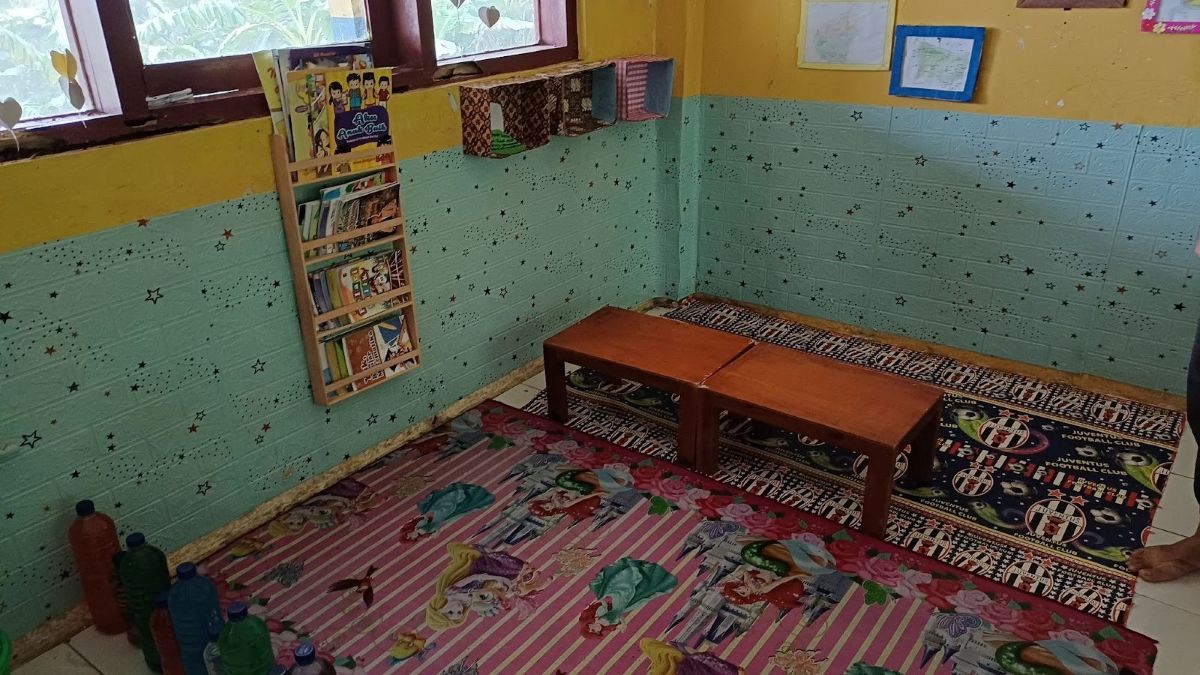Prof. Dr. Djoko T. Iskandar, a Herpetologists Who Proves the Biodiversity of Indonesian Reptiles
By Ahmad Fadil
Editor Ahmad Fadil

BANDUNG, itb.ac.id - According to Convention on Biological Diversity (1993), Biodiversity is diversity of both flora and fauna in their species, genetic and ecosystem. Located between two continents (Asia and Australia), two oceans (the Indies and Pacific), and two belts (Mediterranean and Pacific) has made Indonesia as one of the Mega Biodiversity countries that homes more than 10% of the world's living species.
Indonesia has massive 25,000 species of flowering plants, 1592 species of birds, 515 species of mammals, 35 species of primates, 781 species of reptiles, and 270 species of amphibians. However, there are not many Indonesian researchers who are interested in exploring the diversity. The cost and bureaucracy become the obstacles. Still, these obstacles do not wane Prof. Djoko to uncover the biodiversity, especially in the field of herpetology, a branch of zoology studying reptiles and amphibians.
Persistence that Brings Results
In addition to researching frogs that brings his name worldwide, this lecturer who was born in Bandung, 23 August 1950, also engages in research about other reptiles such as lizards and snakes. However, he claimed to be more interested in studying frogs due to their diverse distribution. For example, in 1500 snakes investigated, only 5 different species are found, while up to 40 different species of frogs can be found within the same number investigated.
Prof. Djoko’s interest with frogs began since his return to Indonesia after completing his master and doctoral studies at Université des Sciences et Techniques du Languedoc, Montpellier, France. That time, he was in a state of deprivation, "I cannot afford to buy the equipment needed to examine mice because the price of mousetrap was expensive, whereas to observe frogs I only need my hands and a flashlight," he admitted.
In his early research days in 1976, Prof. Djoko found difficulties due to lack of knowledge to studying frogs that forced him to look for various literature about frogs. Unfortunately, after the independence of Indonesia until 1976, there were only 5 domestic scientific journals that discuss about frogs. This inspired him to begin the research about frogs and to publish as much scientific journals as possible to show the world the biodiversity of frogs in Indonesia.
In 1977, Prof Djoko went on an expedition to Central Kalimantan and managed to find a lungless frog. This was thanks to his colleague from Chicago who provided a sample frog with the same species originated from the Philippines. Djoko’s suspicion began when the frog that was placed in a container dead the day after even without human hands. After struggling to find a frog with the same species, it was revealed after cautious examination that the frog had no lungs. Once confirmed, he told his colleague in Chicago. This made the American public stunned. Barbourula kalimantanensis, under the family Discoglossidae, became the first discovery and early momentum of his career as a world-known herpetologist.
Conflict, Animal’s Roar, and Horror Story behind the Expeditions
Prof. Djoko have explored many forests during his 40 years career as a herpetologist. He claimed to have roamed the wilderness in 32 provinces in Indonesia, as well as abroad such as Britain, America and Cambodia. Despite doing expeditions abroad, he admitted that the organisms still have close kinship with Indonesia’s.
"Indonesia is rich in biodiversity. Even if I were born 3 times, that would not be enough to observe the entire biodiversity, especially reptiles," said Prof. Djoko. More than 100 species of reptiles have been found because of his contribution as a herpetologist. Several world's researchers use Djoko Iskandar’s name for six reptile species such as Djokoiskandarus annulatus, Polypedates iskandari, Draco iskandari, Fejervarya iskandari, Luperosaurus iskandari, and Collocasiomya iskandari. This is as a form of respect for his services in the world of herpetology.
Met on Wednesday (28/03/2018) in his office at School of Life Sciences and Technology, ITB, Prof. Djoko shared his interesting and tense experiences during field observation. "Doing expedition in Java forest is creepy, in Sumatera is met with tiger roar, Kalimantan has few reptile species, Sulawesi and Papua have high biodiversity but the risk of malaria is also high," said Prof. Djoko.
He also added that when expediting to Sulawesi in 2000, he was constrained by the conflict in Poso. "Car tires were inflated in the night, we were troubled there were no maintenance shop, even in some areas we were often mistaken as a crazy rich man to get into forest to waste money, hence we were often used," he added.
Be the Master in Uninhabited Land
His ability to see opportunity has led him to be a world herpetologist. Most people consider frogs as abhorrent animals, but special animal in his view instead. Beginning with financial crisis, he decided to examine frogs that no Indonesian researchers specifically discuss about. This recipient of the 2005 Habibie Award in science claimed that studying frogs can reveal mysteries.
"Frogs can be the parameter of the environmental conditions of their habitats, (it shows) harmony of biological and geological processes, (it gives) predictions of geological conditions in the past, for example in the Sulawesi region there are 7 different species of frogs but have close kinship," he said. It shows that in the past the island of Sulawesi was 7 separate islands that eventually joined, and this is confirmed true according to some literature. In addition, the time of the merger of the island can be predicted by looking at the pattern of frog evolution.
"Be the master in uninhabited land, remember to treat the objects you care about like babies with care, dedication, and control," Prof. Djoko said. The "uninhibited" here means to have research object out of the scope that has not been studied or are unthinkable by others, such as discovering natural antibiotics by studying the defense substances of each frog species, studying stereoscopic movements of frog’s eyes to develop surveillance devices and other things. After finding the object to study, he advised us to be consistent, do not quickly satisfied, and be conceptual. "Consistent means being persistent in doing observation and analysis. Do not just try 5 sampling as data information and do as much as possible so that the data be more accurate, and conceptual means to read a lot of literature to strengthen the analysis, make more discussion result to minimize the chance of other researchers to study things that are not mentioned in the journal you publish, "he said.
Activities and Dedication Unlimited to Age
Currently in his 68th year, Prof. Djoko occupy himself with lecturing at SITH ITB. He is still active in research and writing scientific journals for some species. Three years ago, his knee suffered swelling which required surgery and required a six-month recovery process after an expedition to Mount Gandang Dewata, West Sulawesi. Prof. Djoko considered that it was a warning for him to end the expedition and simply do research in the laboratory and continue writing. After being confirmed on Wednesday (28/03), he revealed that two species of Leptobrachella frog genuses from Borneo have just been accepted to be published in Current Herpetology which will come out in August 2018.
Reporter: Wanna Taf’al Husna
Photo: Prof. Djoko



.jpg)
.jpg)

.jpg)
.jpg)


